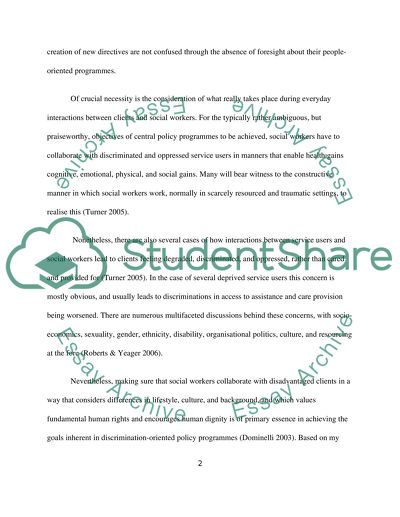Cite this document
(Social Work Practice with Vulnerable Youth Essay, n.d.)
Social Work Practice with Vulnerable Youth Essay. Retrieved from https://studentshare.org/social-science/1564691-learning-reviewreview-the-placement-and-academic-learning-identify-and-reflect-upon-two-pieces-of-learning-about-social-work-practice-and-link-them-to-the-module-teaching-provided-2-describe-how-your-understanding-of-adpaop-has-developed-during
Social Work Practice with Vulnerable Youth Essay. Retrieved from https://studentshare.org/social-science/1564691-learning-reviewreview-the-placement-and-academic-learning-identify-and-reflect-upon-two-pieces-of-learning-about-social-work-practice-and-link-them-to-the-module-teaching-provided-2-describe-how-your-understanding-of-adpaop-has-developed-during
(Social Work Practice With Vulnerable Youth Essay)
Social Work Practice With Vulnerable Youth Essay. https://studentshare.org/social-science/1564691-learning-reviewreview-the-placement-and-academic-learning-identify-and-reflect-upon-two-pieces-of-learning-about-social-work-practice-and-link-them-to-the-module-teaching-provided-2-describe-how-your-understanding-of-adpaop-has-developed-during.
Social Work Practice With Vulnerable Youth Essay. https://studentshare.org/social-science/1564691-learning-reviewreview-the-placement-and-academic-learning-identify-and-reflect-upon-two-pieces-of-learning-about-social-work-practice-and-link-them-to-the-module-teaching-provided-2-describe-how-your-understanding-of-adpaop-has-developed-during.
“Social Work Practice With Vulnerable Youth Essay”. https://studentshare.org/social-science/1564691-learning-reviewreview-the-placement-and-academic-learning-identify-and-reflect-upon-two-pieces-of-learning-about-social-work-practice-and-link-them-to-the-module-teaching-provided-2-describe-how-your-understanding-of-adpaop-has-developed-during.


